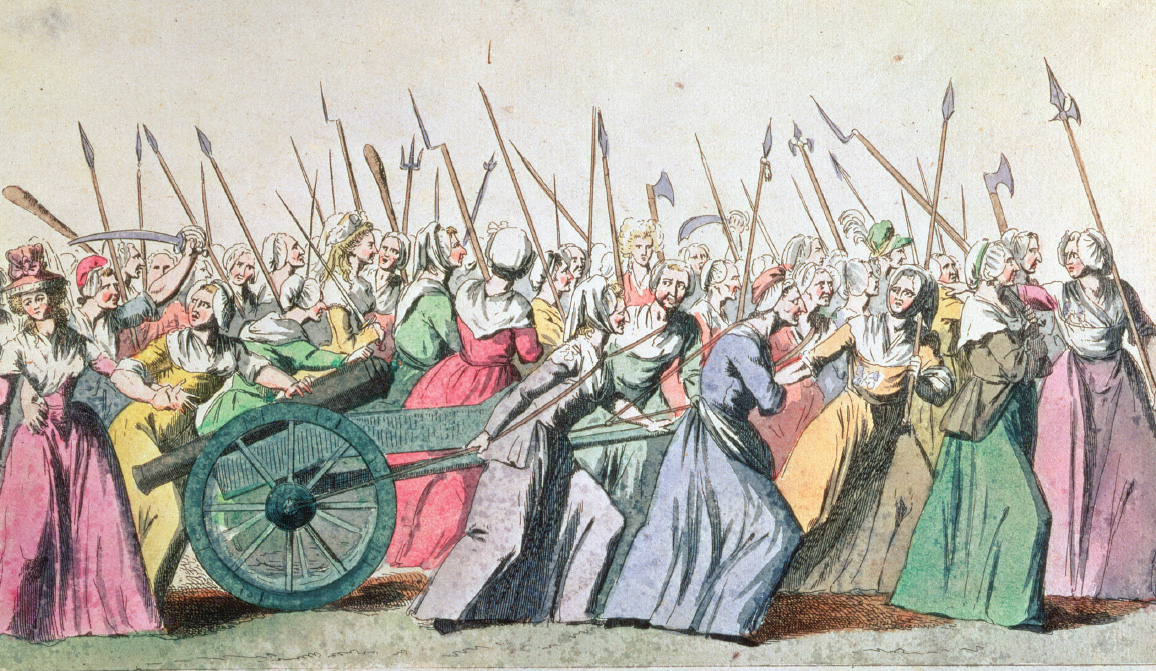A Constitutional Monarchy and Its Challenges
The day after the women’s march on Versailles, the National Assembly followed the king to Paris, and the next two years, until September 1791, saw the consolidation of the liberal revolution. In June 1790 the National Assembly abolished the nobility, and in July the king swore to uphold the as-yet-unwritten constitution, effectively enshrining a constitutional monarchy. The king remained the head of state, but all lawmaking power now resided in the National Assembly, elected by the wealthiest half of French males. The constitution passed in September 1791 was the first in French history. It broadened women’s rights to seek divorce, to inherit property, and to obtain financial support for illegitimate children from fathers, but excluded women from political office and voting.
This decision was attacked by a small number of men and women who believed that the rights of man should be extended to all French citizens. Olympe de Gouges (1748–1793), a self-taught writer and woman of the people, protested the evils of slavery as well as the injustices done to women. In September 1791 she published her Declaration of the Rights of Woman. This pamphlet echoed its famous predecessor, the Declaration of the Rights of Man and of the Citizen, proclaiming, “Woman is born free and remains equal to man in rights.” De Gouges’s position found little sympathy among leaders of the Revolution, however.

In addition to ruling on women’s rights, the National Assembly replaced the complicated patchwork of historic provinces with eighty-three departments of approximately equal size, a move toward more rational and systematic methods of administration. Guilds, workers’ associations, and internal customs fees were abolished in the name of economic liberty. Thus the National Assembly applied the spirit of the Enlightenment in a thorough reform of France’s laws and institutions.
The National Assembly also imposed a radical reorganization on religious life. The Assembly granted religious freedom to the small minority of French Protestants and Jews. (See “Primary Source 19.3: Petition of the French Jews.”) In November 1789 it nationalized the Catholic Church’s property and abolished monasteries. The government used all former church property as collateral to guarantee a new paper currency, the assignats (A-sihg-nat), and then sold the property in an attempt to put the state’s finances on a solid footing.
Imbued with the rationalism and skepticism of the eighteenth-century philosophes, many delegates distrusted popular piety and “superstitious religion.” Thus in July 1790, with the Civil Constitution of the Clergy, they established a national church with priests chosen by voters. The National Assembly then forced the Catholic clergy to take an oath of loyalty to the new government. The pope formally condemned these measures, and only half the priests of France swore the oath. Many sincere Christians, especially those in the countryside, were appalled by these changes in the religious order. The attempt to remake the Catholic Church, like the abolition of guilds and workers’ associations, sharpened the conflict between the educated classes and the common people that had been emerging in the eighteenth century.